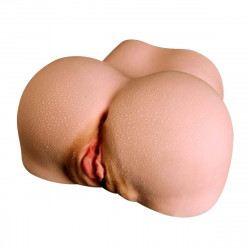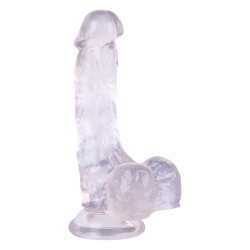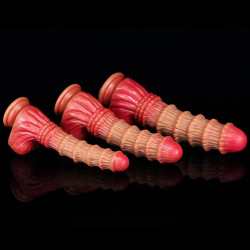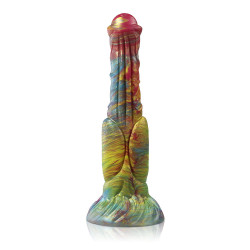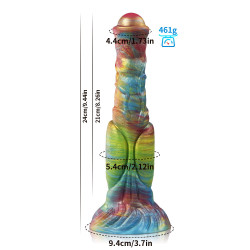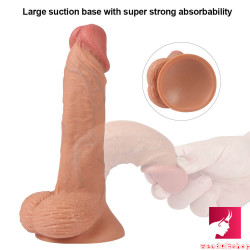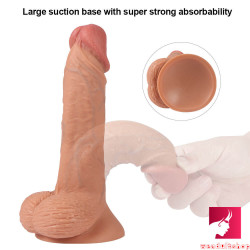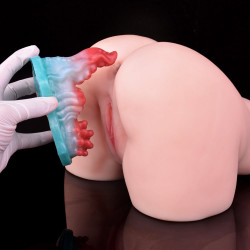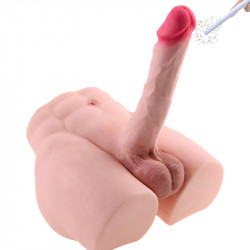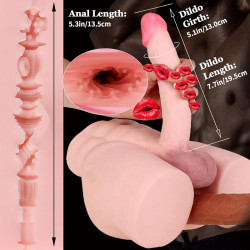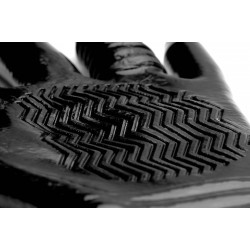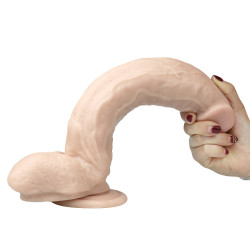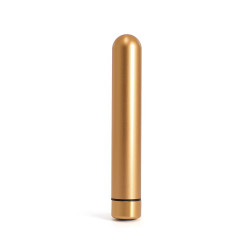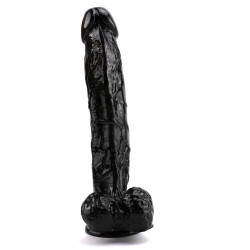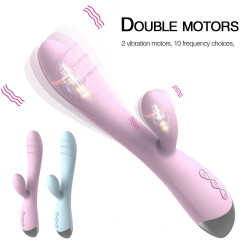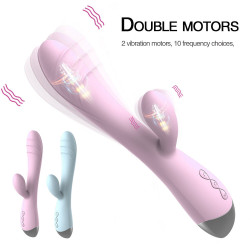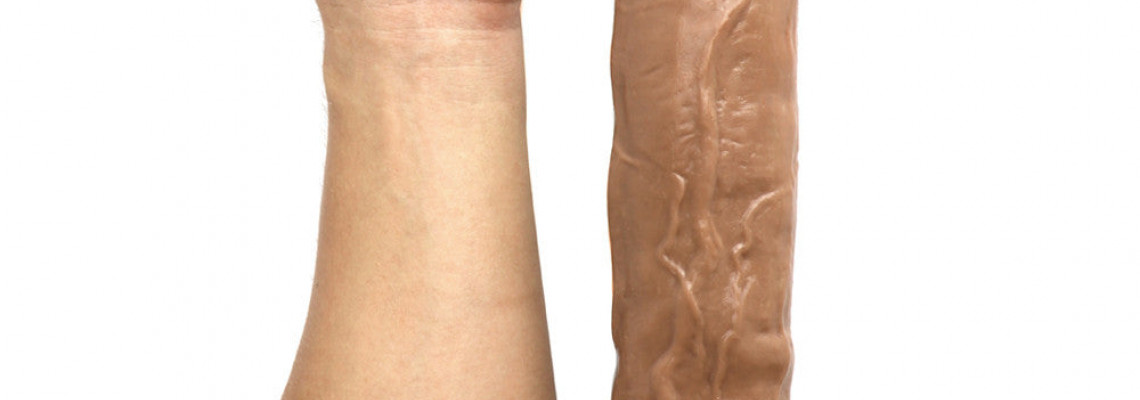
Skene's Glands
On either side of the front wall of the vagina, close to the base of the urethra, are two glands known as Skene's glands. The Scottish gynecologist Alexander Skene, who reported about them for the first time in the 19th century, is the reason behind their name. The portion of the clitoris that extends within the vagina and swells with blood during sexual stimulation is part of the tissue surrounding the Skene's glands. Many people think that female ejaculation originates from these glands since their ducts discharge into the urethral canal.
Other names for Skene's glands are lesser vestibular glands, periurethral glands, Skene glands, paraurethral glands, the U-spot, and the female prostate.
More About Skene's Glands
For both individuals and couples, stimulating the Skene's gland can be an enjoyable aspect of intercourse. To locate their Skene's glands, women should lie on their backs with their knees up or squat. A "come hither" motion can then be made with a finger inside the vagina. The area behind the public bone that feels like a ridge is the Skene's gland. The G-spot is located in the middle of this region, roughly 1.5 to inches down the vaginal wall. Rear-entry sex positions and curved gadgets can also stimulate this delicate area of the body. However, non-vibrating toys are frequently the most effective since the G-spot reacts to pressure rather than vibration.
Some women feel the urge to urinate when their bladder is stroked because activating the G-spot puts indirect pressure on it. Women are urged to calm down and get over these feelings. A transparent fluid comprising prostatic acid and glucose will eventually be released into the urethral canal by Skene's gland. It has a similar chemical makeup to semen. This liquid, called amrita, which translates to "nectar of the goddess," is highly esteemed in Tantric literature.
Emanuele Jannini, an Italian scholar, demonstrated in 2002 that Skene's glands differ greatly in size and can even be completely absent in certain situations. If Skene's glands cause female ejaculation and G-spot orgasms, then these variations could account for why some women never have this type of climax.



